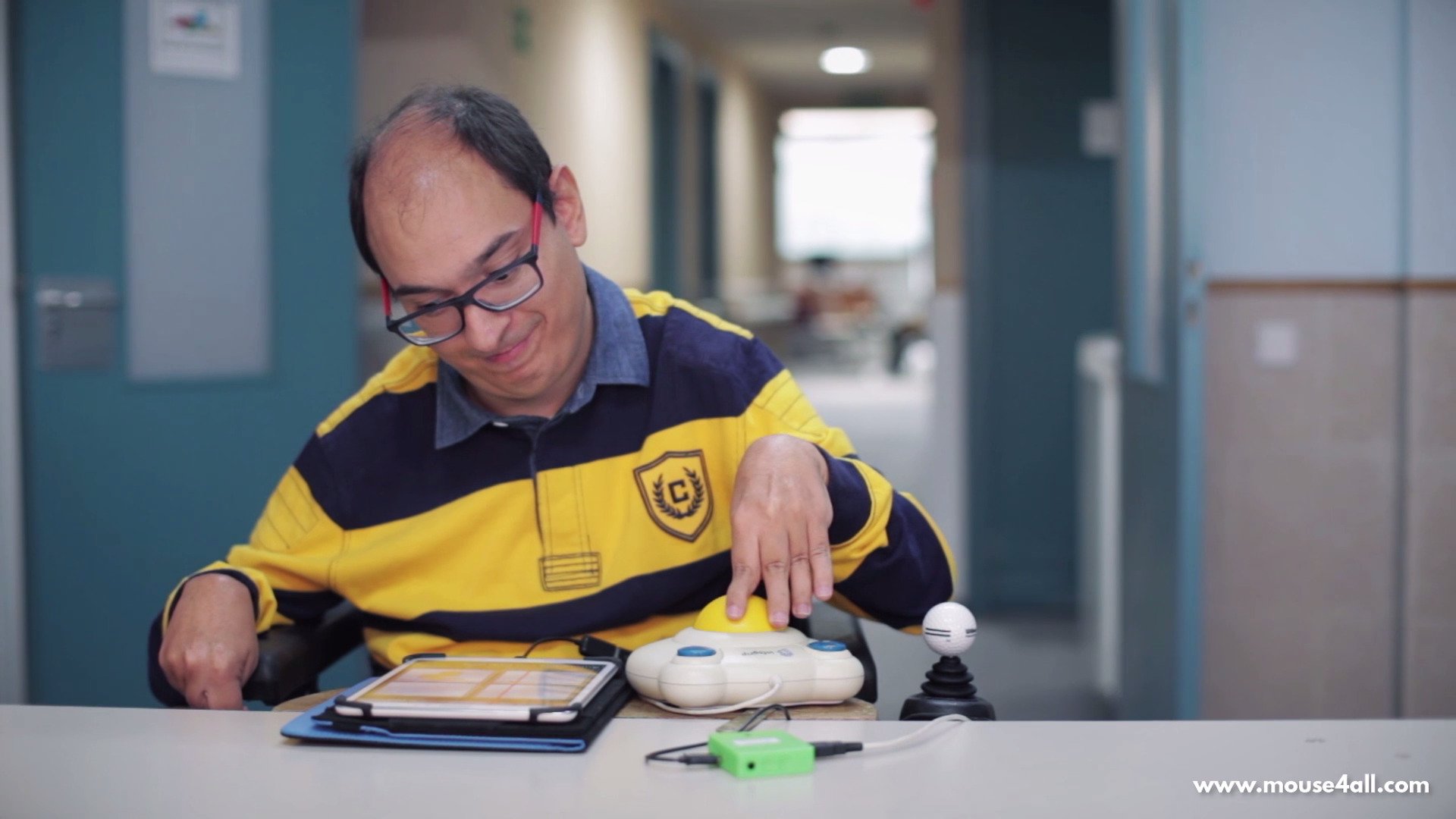2019 Jun 19
Disabled people are sometimes unable to use their own voice to communicate effectively through words and sentences as most people. One solution for many of them is to resort to some kind of speaking machines that supplement or replace their speech.
There are many options of speaking machines for disabled people right now on the market, with different ways of access, input, display, speech generation and types of device.
In this article we try to categorize them and give an overview of what is possible right now for different needs of people with different disabilities.
The speaking machines for disabled people are more appropriately called Speech Generation Devices (SGD) or Voice Output Communication Aids (VOCA). They are part of what we call Alternative and Augmented Communication (AAC) tools. We have already done an article with a list of AAC devices for disabled people, but not all of them are speaking machines.
The speaking machines for disabled people give them the possibility of participating actively in communication with their familiar and social circles.
These tools are especially important for people with ALS and, most recently, are being used as therapy and learning tools for children with perceived speech deficiencies.
The speaking machines differ in different characteristics. Here are a few of them.
Input and display methods
Their input and display methods range from typing letters, words and sentences in a device to selecting pictures or symbols in a simple board or selecting them in a more complicated set of electronic panels that need to be navigated to access all possible items and combinations to form more complicated messages.
The suitability and complexity of the input and display method will depend on the capabilities and skills of the disabled user.
Output
The output can be a preset of digitized recordings of natural speech or an infinite number of messages that the speaking machine can form after combination of the user’s inputs and then pronounce aloud via synthesized speech.
The latter is more versatile but may be less emotional than the preset recorded messages, as these may have the voice of someone familiar or even of the user herself if it was possible to record them in some early stages of the illness.
Anyway, synthesisers are becoming smarter and make good sense of text, providing appropriate pauses and inflections, which results in a more natural and less robotic speech.
Means of access
The means of access to the messages in the speaking machine can be directly on the device via mouse, keyboard or touch-screen, or it needs to be done indirectly using alternative input methods, like switches or eye-gaze technology and some appropriate SW to interact with the screen symbols.
Mouse4all is an example of a SW app designed to access an Android device (tablet or smartphone) without touching its screen. It works with switches that provide unique inputs that direct a cursor on the screen to perform whatever action the user wants to do.
This way, any disabled user capable of pushing a switch with some part of its body (head, arm, finger, chin…) can select the speaking machine app in its Android device, type or select the symbols or words he or she wants to use and let the machine do its magic and generate a voice output with her message.
The improvement in quality of life and self-esteem of the disabled people that use these technologies so that they can perform this simple set of actions is staggering.
Dedicated and non-dedicated devices
Devices used as speaking machines can be dedicated, only able to do this function, or non-dedicated, general computers, tablets or smartphones with appropriate SW to do this. Lately, with the avalanche of cheap computers and tablets, this is obviously the most common configuration for these devices, available to almost everybody everywhere in the world.
In fact speech output is now available by default on all computer systems.


